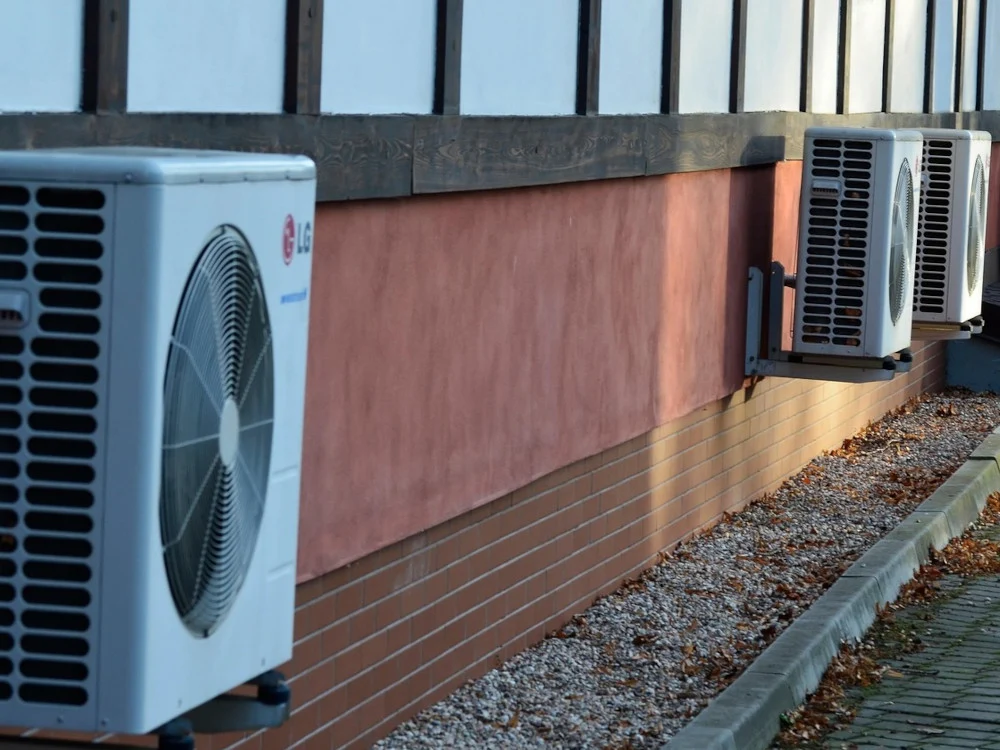It’s a small prototype that the researchers at Huazhong University of Science and Technology in Wuhan have developed, but the performance metrics and concepts shown in the related scientific study could soon render some commonly used technologies appear quite inefficient.
Thermogalvanic Cell Explained
The authors assert that a thermogalvanic cell can establish a temperature difference between two distinct regions. This device can transform electrical energy into chemical energy while utilizing only a minimal amount of electricity, meaning the thermodynamic cycle can’t keep pace.
All types of refrigerators and freezers operate on this principle. A mechanical compressor, which runs on electricity, shifts heat from one place to another. Similarly, a heat pump essentially performs the same function; it can generate warm air for a home while pushing the cold air outside or the other way around.
Coefficient of Performance
A significant component in this scenario is the CoP (Coefficient of Performance). An efficient configuration would yield a coefficient around 5. For a heat pump, this means generating five times the heat output compared to the electric energy it consumes.
In stark contrast, the previously mentioned thermogalvanic cell boasts an impressive coefficient of 14.2. This was accomplished by either reducing or oxidizing iron ions using electricity, which effectively creates rust. When iron is oxidized, it produces heat, but when it is reduced, it absorbs heat.
Future Applications
Allegedly, the system can be easily duplicated and adjusted for size with minimal effort. This suggests that the heat pump alternative could be implemented in refrigerators or systems for heating and cooling homes. However, before this innovative technology can be adopted, it must transition from the lab setting and prove its efficiency in practical applications.
Source:
Link


Leave a Reply